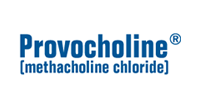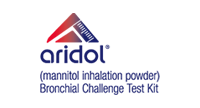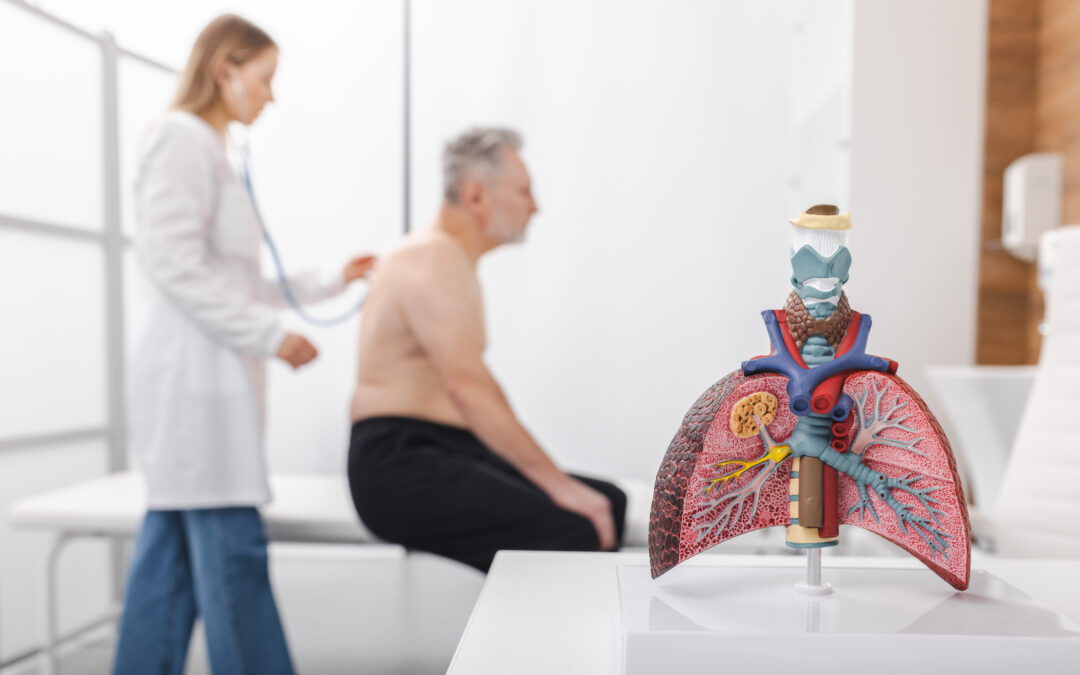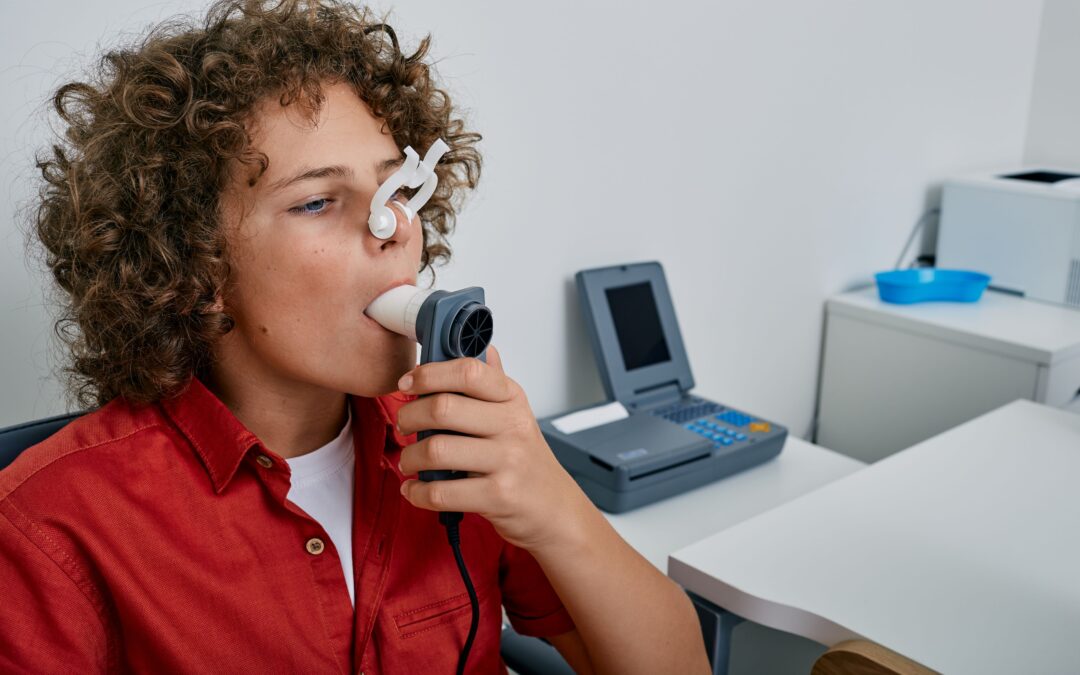Julie “Beth” Carney, MS, RRT, AE-C
In 2013, Medicare began penalizing hospitals for readmissions within 30-days following discharge after implementing the Hospital Readmissions Reduction Program (HRRP). By linking reimbursement to the quality-of-care patients receive, the Centers for Medicare and Medicaid Services (CMS) found a way to incentivize hospitals to improve communication and patient care planning after discharge. But quality communication with a patient must begin from the moment they walk into the emergency department and continue through post-discharge care. To avoid readmission, the patient must understand the medication and therapies prescribed and why they are necessary. When a patient returns within 30-days after discharge, not only is it expensive for the hospital but the mortality risk increases for the patient. Understanding treatment and chronic illness maintenance measures helps put the patient in charge of their health outcomes.
During an emergency room visit, a patient can be confused by the testing ordered, especially if it is not explained by the physician beforehand. If they are admitted to the hospital, this confusion can continue if there is a lack of communication about the plan of treatment. For example, instead of bringing medications to a patient and telling them only what they are being given, they should be told the name of the medication, the mode of action, side effects, and what the expected results will be. As a respiratory therapist, I have seen improved efforts by the patient to take an aerosol treatment or use a metered dose inhaler with a spacer when I have discussed why the medication is being given. Knowledge is power and improves compliance.
This applies to prescribed therapies as well. I have recently read studies and articles questioning the effectiveness of incentive spirometry and airway clearance therapies. There are multiple reasons behind the inability to answer this question. First, physicians and respiratory therapists are not all on the same page about the benefits of the therapies. Second, there is no standardized education or follow-up process for these therapeutic devices and practices vary by hospital. Finally, especially since COVID, understaffed departments and overtaxed staff find it difficult to spend the extra time to follow through with patients to ensure they use these therapies at specific intervals and with proper technique for success. But despite the challenges medical staff face, the patient wants to recover and go home. If a patient is educated about why these therapies, when used correctly and frequently, can help improve their health, they are more likely to be motivated to put forth the extra effort. Incentive spirometers; for instance, provide measurable results to encourage patients. If nothing else, the device helps the patient take deeper breaths while sitting in a hospital bed. Those deep breaths are going to improve oxygenation and chest expansion. When the patient understands the purpose of specific therapies, they are eager to follow through.
Once a patient is close to leaving the hospital, the need for communication expands beyond the patient to include caregivers, primary and specialty physicians, outpatient therapists, and home medical equipment providers. If the patient is being prescribed new home medications and therapies, it is imperative that he understand the proper use, schedule, and reason behind each one to encourage compliance. Medication can be expensive and there may be barriers to the patient being able to have them filled. It is important for the case manager or discharge planner to know this prior to discharge so alternatives can be prescribed. If a patient is being prescribed oxygen or non-invasive ventilation, ensuring that the HME provider will deliver, set up, thoroughly explain the equipment, and regularly follow up with the patient is an essential step toward their compliance with those therapies. A patient who fails to understand the benefits of his home equipment will not see the need to use it and will return to the emergency room within thirty days after discharge. The hospital case manager or discharge planner is in a unique position to advocate for the patient by scheduling appointments with primary care and specialty physicians, coordinating outpatient therapy services, verifying appropriate caregivers are present at home, and ensuring the patient will have access to transportation for appointments. While the hospital administration may feel these details are outside their scope of responsibility, these factors contribute to the patient’s ability to adhere to discharge instructions and help reduce the likelihood of readmission.
When CMS decided to reimburse hospitals based on readmission rates and quality of care, the goal was to increase hospital accountability. But by becoming better communicators with our patients, we can guide them to accept responsibility and be accountable for their own health outcomes. We do this by providing education and follow through during every point of care from the time a patient enters the facility until after they are back home. When the patient returns home, they are empowered to manage their chronic illness and they understand the ‘why’.








